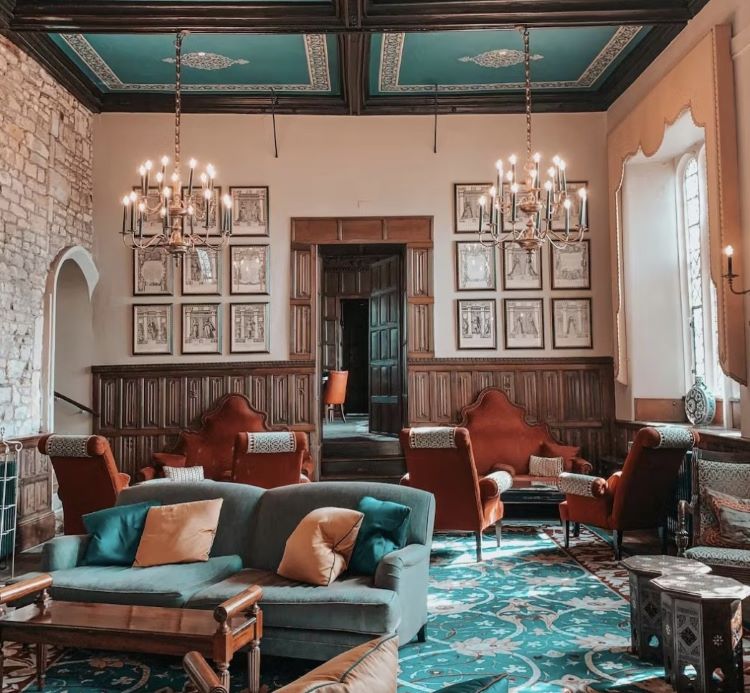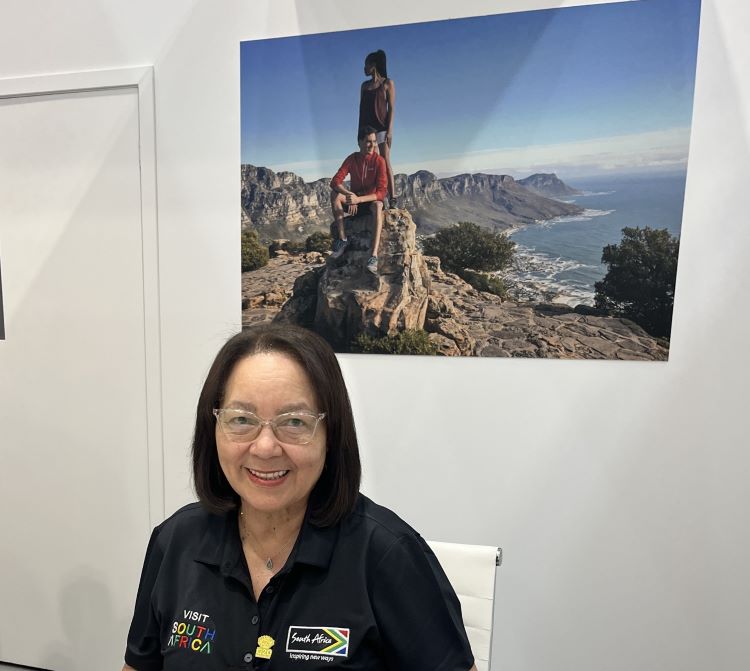Many in the industry believe that both domestic and safe tourism are temporary phenomenon, and things will be back to ‘normal’ in not more than two years. What remains to be done, however, is improvement and streamlining of processes to enhance the touristic experience, says Vipul Jain, Founder & CEO, Gabbit Systems.
There is no doubt that tourism is one of the worst affected industries due to COVID-19. And though a lot has been written and discussed in various forums that post-pandemic tourism will be focused majorly on two aspects – domestic tourism and safe tourism – a few stumbling blocks need to be removed.
Domestic tourism
Tourism is one industry where customer satisfaction depends on the combined efforts of multiple entities. Improving the tourism experience needs a collective and collaborative approach along with strong support from technology, for which the following may be implemented:
Gathering scattered information: This information should be collected and digitally stored in a central system as per the region, state and location. Access to this system should be given to the public using an interface such as a website or a mobile App.
Crowd sourcing: People like to talk about the places they belong to or have been to. This behaviour can be used to get inputs from them using a mobile App or some other easy-to-use technology. The system can also gather information related to queue conditions, approachability and road conditions, etc., from multiple sources. Service providers can also register themselves. To make this genuine, certified service providers should be allowed to be part of this system.
Use of technology such as Blockchain: There is a strong need for more involvement of technology in tourism to provide quality experiences to tourists, prevent ID theft of guests, provide optimised day-planners, and guide them accordingly. The system needs to be designed keeping in mind that it will be used by tourists and travel agents to create travel plans from the options available
Safe tourism
Tourist safety has always been an issue. The current pandemic has only made us feel the urgency of it. In addition to COVID protocols of social distancing, hygiene and sanitisation, safe tourism is about having a proactive system that can find early signs before an emergency, alert everyone as per SOPs, help locate tourists in need of help, and provide timely assistance. But, there is no mechanism to record the tourist count in a city or place. Since there is no count, there is no way to anticipate and prepare for overtourism and over-capacity. Instead of a proactive system to plan and manage, the state administration has to work in a reactive mode by controlling incoming traffic or diverting it when it is already too late. This sometimes makes the situation worse.
Locating tourists is also important when there is a need to perform contact-tracing, such as during a pandemic or an act of terrorism. Since the state administration has no information about them, locating a tourist in case of an emergency is very difficult. The following suggestions can help in such a scenario:
There needs to be a system where tourists need to register themselves for the duration of trip.
Implementation of touist registration can be made simpler. Instead of forcing it on tourists, some innovative ways can be thought of so that tourists are motivated and encouraged to register themselves.
There needs to be a system that keeps monitoring a region based on different parameters.
- Hurdles for domestic tourism
- Low entry barrier to enter tourism industry
- Limited promotion of unknown/ offbeat destinations
- Too much focus on discounted & cheap prices
- Travel agents with limited knowledge about product & destination
- Alienation of real tourism professionals
- Limited use of technology
 TravTalk India Online Magazine
TravTalk India Online Magazine





